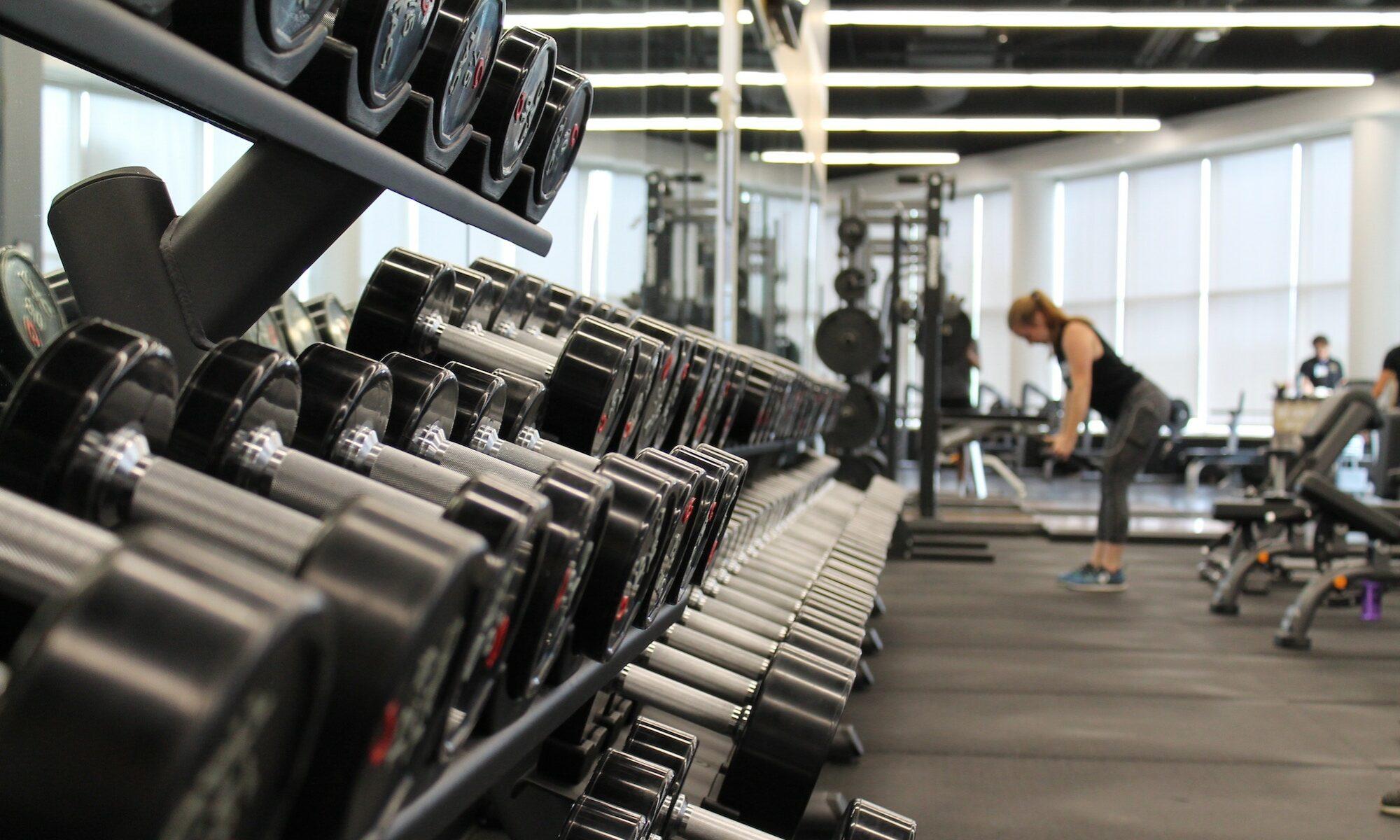Japanese walking, a fitness trend that originated in Japan, is rapidly gaining traction worldwide due to its simplicity and profound health benefits. Unlike conventional walking routines that emphasize steady pace and long durations, Japanese walking introduces a dynamic interval method that alternates between periods of brisk and gentle walking. This innovative approach not only revitalizes traditional walking but also offers a compelling solution for people seeking effective workouts without the need for complicated equipment or exhaustive commitment.
Developed by esteemed researchers Professor Hiroshi Nose and Associate Professor Shizue Masuki at Shinshu University in Matsumoto, this interval-style walking method leverages alternating intensities—three minutes of fast walking followed by three minutes of slower recovery pace, repeated multiple times. Its ease of implementation, minimal time requirements, and adaptability make it an attractive fitness option for a wide range of individuals, from beginners to seasoned athletes.
As the modern world seeks accessible and sustainable fitness solutions, Japanese walking emerges as a scientifically-supported practice that enhances cardiovascular health, boosts muscular strength, and improves overall vitality. This article delves deep into the mechanics, benefits, and practical applications of Japanese walking, presenting evidence-based insights supported by real-world examples and comparative studies. Embrace this rising trend and redefine your walking routine with a method that transforms a familiar activity into a powerful tool for longevity and wellness.
Understanding Japanese Walking: The Interval-Based Fitness Revolution
Japanese walking redefines traditional walking by incorporating interval training principles that have long been celebrated in high-intensity workouts. However, it strikes a perfect balance between intensity and accessibility, making it less daunting than conventional HIIT while still yielding substantial health benefits.
This fitness method involves alternating between a “somewhat hard” walking pace and a “light” walking pace, each lasting three minutes and repeated for approximately thirty minutes per session, ideally four times a week. The defining characteristic is the intensity contrast: during the fast-paced segments, your heart rate elevates enough to challenge cardiovascular endurance, yet conversation is possible with some effort. The slower segments allow recovery without halting the activity, maintaining a consistent flow throughout the session.
Key Components of Japanese Walking
- Interval Timing: Cycles of three-minute brisk walking followed by three-minute slow walking.
- Intensity Levels: Fast pace at a perceived exertion of “somewhat hard” and slow pace at a “light” exertion level.
- Frequency: Recommended sessions are 30 minutes each, performed four times per week.
- Equipment Needs: Minimal—just reliable athletic shoes (brands like Nike, Adidas, or New Balance offer great options) and a stopwatch or smartphone timer.
- Accessibility: Suitable for a broad demographic, including older adults and those new to fitness.
Unlike traditional steady-state walking or running which may require extended periods to achieve cardiovascular benefits, Japanese walking leverages the science of varying intensity. This approach energizes the heart and muscles while engaging different energy systems, maximizing efficiency and enjoyment.
Moreover, the minimal equipment required—typically a good pair of walking shoes such as those from Asics, Brooks, or Hoka One One—makes this method approachable. Whether you opt for the cushioned support of Saucony or the versatile grip of Puma, your feet will be well-protected to tackle bursts of intensity followed by recovery.
| Aspect | Details |
|---|---|
| Fast Walking Intensity | “Somewhat hard” exertion; conversation difficult but possible |
| Slow Walking Intensity | “Light” exertion; comfortable conversation |
| Interval Duration | 3 minutes fast, 3 minutes slow |
| Session Length | At least 30 minutes |
| Recommended Frequency | 4 times per week |
By embracing this structure, individuals replace sedentary moments with purposeful movement that stimulates aerobic capacity and enhances muscular endurance, embodying the very essence of modern fitness innovation.
The Science-Backed Health Benefits of Japanese Walking You Should Know
Scientific investigations into Japanese walking reveal powerful health benefits that surpass many traditional walking routines. Studies conducted since the early 2000s, including notable trials from Shinshu University, examined this method against steady moderate-intensity walking regimens.
Key findings illustrate that participants practicing Japanese walking experienced greater reductions in body weight and significant improvements in blood pressure control. For those battling hypertension or overweight conditions, this translates to an accessible method for health enhancement without the complexities of high-load training.
Muscle Strength and Cardiovascular Fitness Gains
Beyond cardiovascular advantages, Japanese walking markedly improves leg strength and overall physical fitness. The alternation between intensity levels recruits different muscle fibers, encouraging muscle engagement that combats age-related strength decline. Such effects are essential for maintaining mobility and independence, especially in aging populations.
Furthermore, longer-term observations demonstrate that Japanese walking can protect against physical deterioration connected with aging. This preservation of muscular and cardiorespiratory function can extend quality of life and physical autonomy.
- Improved Aerobic Capacity: Enhanced VO2 max reflecting better oxygen utilization.
- Lower Blood Pressure: Significant reductions observed, beneficial for cardiovascular risk reduction.
- Increased Muscle Strength: Especially in lower body, reducing fall risk.
- Weight Management: Supports body fat reduction alongside muscle tone improvement.
- Mental Wellness: Moderate-intensity movement linked to decreased stress and anxiety.
| Health Marker | Japanese Walking Impact | Comparison to Moderate Intensity Walking |
|---|---|---|
| Body Weight | Substantial reduction | Less pronounced weight loss |
| Blood Pressure | Notable decrease | Moderate decrease |
| Leg Muscle Strength | Significant improvement | Modest improvement |
| Physical Fitness | Marked enhancement | Mild enhancement |
Notably, while roughly 22% of participants discontinued the Japanese walking program in research contexts—compared to 17% for steady walking—this attrition rate highlights the need for individualized program design. Some people may find the interval method more stimulating, while others prefer a consistent pace. Incorporating elements such as popular music playlists or employing apps compatible with Under Armour’s fitness technology can enhance adherence and enjoyment.
For anyone eager to embrace the vitality offered by this trend, exploring resources like our Japanese walking benefits guide can provide valuable insights and tips that optimize your routine.
Practical Tips for Incorporating Japanese Walking Into Your Fitness Routine
Adopting Japanese walking requires minimal preparation but benefits significantly from strategic planning to maximize results. This fitness trend is particularly appealing for those constrained by time or looking to diversify their exercise regimen.
Here are practical measures to kick-start and sustain Your Japanese walking habit:
- Choose Appropriate Footwear: Invest in supportive walking shoes. Consider options from brands like Reebok, Puma, or Hoka One One, which offer excellent cushioning and durability for interval walking.
- Set Clear Timing: Use a reliable stopwatch or smartphone timer with interval alerts. This maintains structure and ensures consistency in your pace changes.
- Plan Your Routes: Select flat, safe paths such as local parks, walking tracks, or urban promenades that provide enough space and smooth surfaces for interval walking.
- Warm Up and Cool Down: Begin with gentle walking for five minutes followed by stretches, and conclude your session similarly to prevent injury.
- Stay Hydrated: Keep water accessible, especially during warmer weather or longer walks.
- Track Progress: Log sessions, perceived exertion, and energy levels. Fitness enthusiasts can integrate this with apps often supported by New Balance or Asics for added motivation and community support.
- Mix In Strength Training: Complement walking with bodyweight exercises or resistance training for comprehensive fitness gains.
By creating a structured yet adaptable routine, you enhance both adherence and outcomes. The simplicity of Japanese walking means you can easily fit this into your daily schedule, making physical activity an enjoyable priority rather than a chore.
| Tip | Recommendation |
|---|---|
| Shoes | Choose cushioned, supportive shoes (Nike, Adidas, Reebok) |
| Timing Tools | Use stopwatch or smartphone apps with interval alerts |
| Walking Route | Flat, safe paths in parks or tracks |
| Warm-up/Cool-down | 5 minutes walking + stretching |
| Hydration | Carry water bottle |
| Progress Tracking | Log sessions; use fitness apps |
For those intrigued by seasonal fitness ideas, our complementary Free Summer Fitness Series offers diverse workouts that can supplement your walking regimen.
Comparing Japanese Walking to Other Popular Walking and Fitness Techniques
In the ever-expanding fitness landscape, Japanese walking stands out for its interval approach while maintaining ease of execution. Comparing it to other popular walking and fitness strategies elucidates its unique advantages and potential limitations.
Japanese Walking Versus Steady-State Walking
Traditional walking encourages steady moderate pace over longer durations, often measured by daily step counts like the popular 10,000 steps goal. While steady walking is unmatched in accessibility and consistency, it may lack the intensity to stimulate significant aerobic gains as swiftly as interval methods do.
Japanese walking, through its brisk intervals, challenges the cardiovascular system more substantially. This results in faster improvements in blood pressure, muscle strength, and aerobic capacity. Yet, its slightly higher intensity demands may deter individuals new to exercise or those with low fitness levels.
Japanese Walking and High-Intensity Interval Training (HIIT)
HIIT workouts push the body to near maximum exertion, offering dramatic fitness benefits in condensed periods. Japanese walking mimics this by alternating intensities but remains more approachable with moderate effort levels. This makes it an ideal entry point for those intimidated by the rigors of HIIT routines or seeking low-impact alternatives.
| Workout Type | Intensity | Duration | Accessibility | Equipment |
|---|---|---|---|---|
| Japanese Walking | Moderate (somewhat hard/light) | 30 minutes/session | High for most people | Minimal (shoes, timer) |
| Steady-State Walking | Low to moderate | 45-60 minutes/session | Very high | Minimal (shoes) |
| HIIT | High to very high | 10-20 minutes/session | Moderate | Varies (equipment optional) |
In essence, Japanese walking blends flexibility and effectiveness, positioning itself as a compelling choice for those who want more than basic walking but less than high-impact training.
Building Long-Term Vitality Through Regular Japanese Walking
Longevity and vitality are cornerstones of modern fitness aspirations. Japanese walking not only enhances cardiovascular health and muscle strength but also invites a habitual lifestyle change that sustains overall wellness.
Research emphasizes that engaging in consistent bouts of moderate-to-vigorous physical activity correlates strongly with increased life expectancy. Japanese walking fits this profile perfectly by instilling a practice that people can maintain comfortably over years.
Establishing Lasting Fitness Habits
To ensure durability in your fitness journey, incorporating Japanese walking alongside lifestyle adjustments amplifies results:
- Routine Consistency: Block out specific times for your walking sessions to foster accountability.
- Complementary Physical Activities: Include strength training, yoga, or flexibility exercises.
- Mindful Nutrition: Fuel your body with nutrient-dense foods that support recovery and energy.
- Mental Health Practices: Incorporate meditation or breathing exercises post-walk.
Maintaining these holistic habits synergizes with the physical improvements from Japanese walking, promoting vitality that transcends mere fitness metrics. Our detailed breakdown of effective daily habits for vitality further complements this approach.
| Habit | Benefit |
|---|---|
| Consistent Exercise Schedule | Encourages long-term adherence and steady improvement |
| Diverse Physical Training | Reduces injury risk and balances muscle groups |
| Balanced Nutrition | Supports recovery and boosts immunity |
| Mental Wellness Activities | Mitigates stress and enhances concentration |
Embracing Japanese walking today could be your stepping stone to a healthier, more energetic future. It’s not merely a walking technique; it’s a lifestyle transformation that empowers you to move with purpose, strength, and joy.


